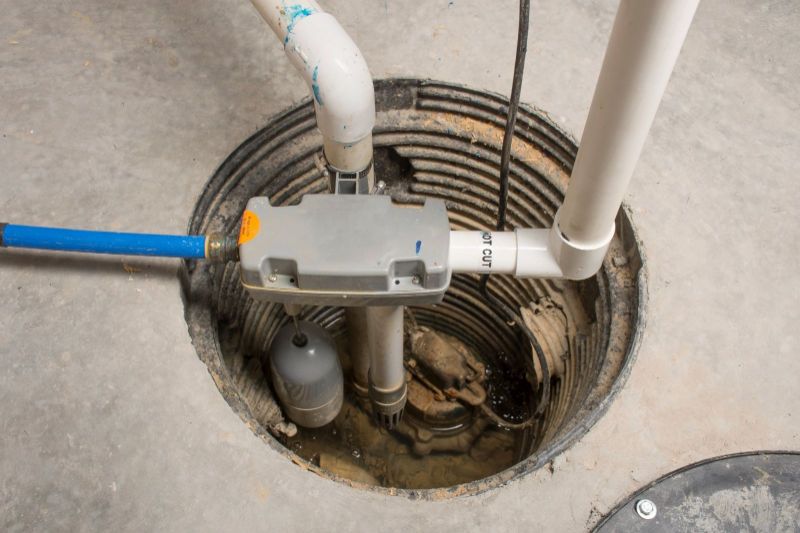What is a Sump Pump?
The sump pump is a small, battery-powered device that sits inside the pit and is connected to a float switch. It has a system of hoses and a float that rises and falls with the water level in the hole. When the float detects water, it activates an electric motor, which pumps water from your basement into the sump pit. The engine can be turned on at any time during the day, even when you are not home. A timer can be set so that it will not run all day long and keep you awake with your sump pump running all night!
What are the Benefits of a Sump Pump?
A sump pump is the perfect backup system in a power outage. It makes a great asset to any home because it minimizes the risk of flooding. Here are the advantages of a sump pump;
- Reduce mold, mildew, and fungus growth
- Reduce the risk of basement flooding
- Prevents damage from power outages
- Minimizes energy loss
- Minimizes water damage
- Prevents termites and other insect invasions
- Reduce the risk of damage from freezing
How do I Install a Sump Pump?
When installing a sump pump, you need a sump pit, a float switch, and a battery. You can place the float switch inside your pit or outside. You can also use an automatic sump pump with an internal float switch and batteries.
- Get your materials ready
- Measure the length of your sump pit
- Get your sump pit ready
Remove any loose objects such as rocks, bricks, or other materials that might get in the way of the installation procedure so that it's easy to work with and clean up afterward without any messes.
- Place your first piece of wood in the center of where you are going to put your sump pump on your basement floor, then get a piece of wood that is slightly smaller than the length of your sump pump's base plate and place it on top of this piece so that it fits snuggly into place as shown below:
- Cut out an opening for where your pump will be placed on top of these two pieces:
- Put glue around this hole where you just cut out for where you will be putting in your pump's base plate:
- Insert the Base Plate
Do I need a SUMP PUMP?
The sump pump is a great device to have in your home, but there are some things you need to consider before purchasing one, such as:
- During the rainy season, it needs a high-quality sump pump tested for water resistance and is not prone to rusting or corroding.
- In areas with cold temperatures, needS a heavy-duty battery-powered sump pump since the batteries don't last long in freezing temperatures and may not work correctly after being frozen for too long.
- When your basement floods often, then it is best to purchase a sump pump that can be placed inside of your basement floor so that it can be easy to access when needed and taken care of quickly so you won't have any problems with flooding or anything else while it's being used.
What are the types of Sump Pumps?
There are many types of sump pumps, and each has a different function you will need to consider before purchasing one. They include:
- Automatic Sump Pump
You will find the most common type in homes throughout the United States. They are battery-powered and can be used to remove water from your basement floor after it rains or after a sudden downpour or other heavy rain.
- Gravity Operated Sump Pump
Gravity operated is also known as a submersible sump pump because they usually have an internal float switch that activates them when they detect water on your basement floor after it rains or after a sudden downpour or other heavy rain. They are also known as "submersible" pumps because they are submerged inside your basement floor to effectively remove the water from your basement floor quickly and efficiently without any problems with flooding or anything else while it's being used. This type of sump pump is usually more expensive than the automatic type, but it has many advantages over them.
- Manual Operated Style
Manual-operated sump pumps are also known as "surface" pumps because they have a float switch that activates them when it detects water on your basement floor after it rains or after a sudden downpour or other heavy rain. They are also known as "surface" pumps because they usually have a surface exposed to the room where you will be using them so that you can quickly turn them on and off manually when needed. This type of sump pump is usually more inexpensive than the automatic one, but it has many disadvantages.
By making sure that you have a sump pump that can be placed inside of your basement floor so that it can be easy to access when needed and taken care of quickly so you won't have any problems with flooding or anything else while it's being used, then you should be able to take care of any basement flooding issues without any problems.
